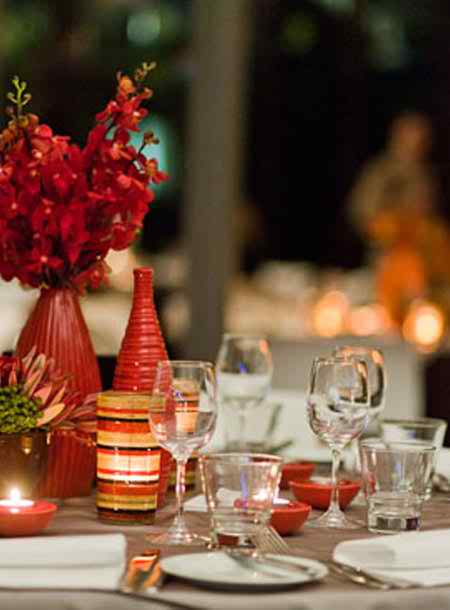Are you looking for a fresh, fun home decoration? Are you looking for an all-natural air freshener that is inexpensive to make but still smells wonderful? Or maybe you’re looking for something unique to gift to your bridesmaids or pass out to your guests as a favor at your wedding?
If so, then pomander balls may be your answer.
Quick Nav
What Are Pomander Balls?
French for pomme d’ambre, or apple of amber, a pomander ball is a “ball” made of perfumes. We see them in and around houses creating beautiful aromas.
Most popular and easiest to make at home, an orange stuck with cloves in fun designs is the perfect example of a contemporary pomander ball.
Where Pomander Balls Come From
Pomander balls have been around for hundreds of years if not longer and are a Christmas tradition in many houses. Yet, they do not have to be just for Christmas.
Used throughout the middle ages, pomander balls were first worn to ward off infection, bad smells or carried as religious keepsakes; as the earliest form of aromatherapy.
It’s since evolved into something much more festive. At weddings, birthdays and anywhere else you would give a gift, they’ve become a real bonus to the celebration.
Pomander Balls Are Great As…
Luckily, pomander balls are very easy to make and there is little mess. Before you know it, you will have many delightfully-scented pomander balls to use in closets as sachets, or to give as gifts or favors.
Wedding Favors:
Fortunately for us, they truly make excellent wedding favors. Simply insert flowers of the bridal colors into the holes in the orange (or fruit of your choice) in lieu of cloves. This is a fun, funky way to celebrate the soon to be married couple.
Gifts:
Your child’s teacher, your co-workers, your hairdresser and your friends would all appreciate pomander balls because they smell delightful and look beautiful. When you’re stumped on what to give as a quick thank you or even a “get well soon,” pomander balls make your job easy!
Decoration:
They make excellent sachets, as well as often being hung on the mantle or from the branches of your Christmas trees. They are decorative enough to really make a statement, and they do not need maintenance of any kind. Simply set them in a bowl or hang them on a tree and your home will smell like the winter holidays all year round.
Pomander Ball DIY: Making Your Own Pomander Balls at Home
Making pomander balls is very simple. It requires only a few ingredients:
- a medium orange
- one or two ounces of whole cloves per orange
- a piercing tool such as a paper piercer or ice pick
It is also a good idea to have some napkins on hand for the orange juice that will spurt out and some ribbon to hang the finished pomander balls. Crosstie the ribbon around the orange, making a nice bow at the top. Poke holes in your orange, spaced fairly far apart, with the piercing tool. Insert whole cloves into each hole.
They do not need to be close together as the orange will shrink as it dries. Set the orange somewhere safe and watch as it dries over the next week, creating a delicious smelling air freshener. As a bonus, pomander balls can be made with other types of spices as well as herbs or flowers and other fruit, as long as it can be easily pierced.
Here are some DIYs to check out that come with easy-to-follow tutorials:
Citrus Pomander from Life As Mom | Victorian Pomander from Cottage in the Oaks | Spiced Orange Pomander from Simple Bites
Storing Pomander Balls
Dried pomander balls can be kept for years to come so storing them isn’t a hardship at all and there are no real rules to follow. As long as they’re dried, you can find a spot for them in and around the house.
And since they are compact, you can stash them almost anywhere from closets to countertops to inside your dresser drawer and enjoy the aroma for quite a while.


